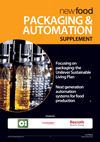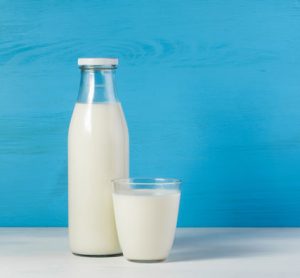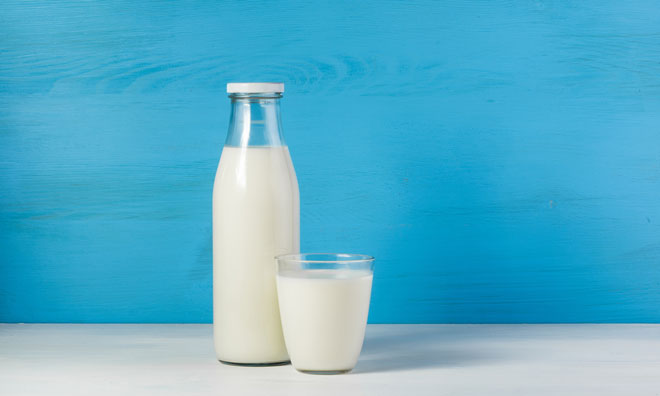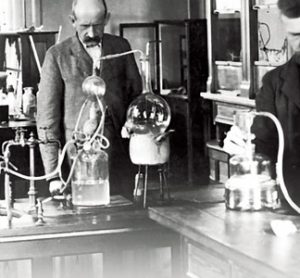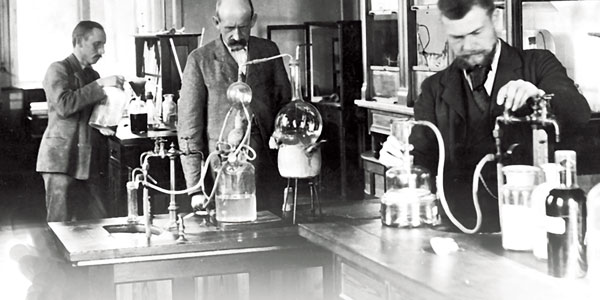Packaging & Automation Supplement 2012
5 July 2012 | By Louis Lindenberg, Wayne Daley
Focusing on packaging: the Unilever Sustainable Living Plan (Louis Lindenberg, Global Packaging Sustainability Director, Unilever)Next generation automation systems for food production (Wayne Daley, Principal Research Engineer, Georgia Tech Research Institute)



